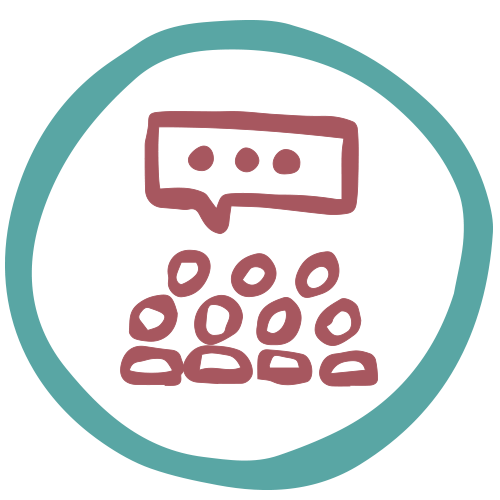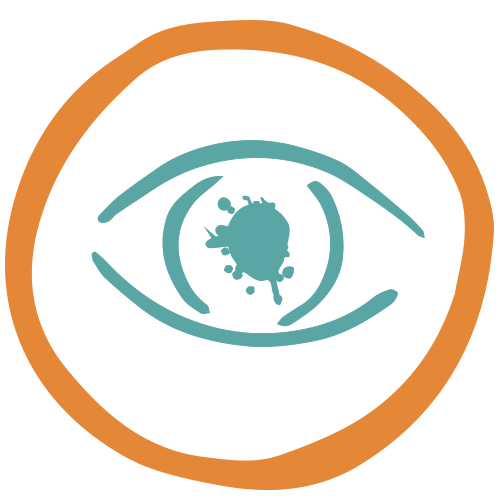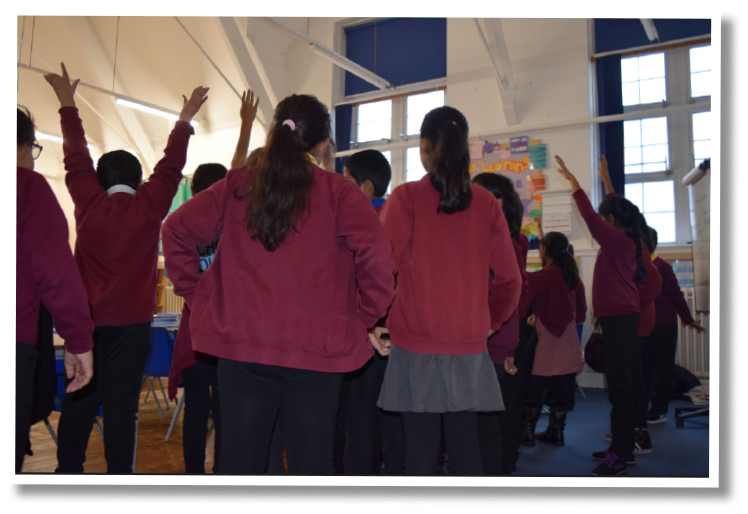Some young people struggle to name and express the feelings they have about gendered societal pressures to look or move in a certain way. Most young people benefit from safe spaces to express difficult feelings (e.g. anger, powerlessness, frustration) in their own peer cultures and wider relationships. These include feelings about real world issues that they have little control over such as social injustice, poverty, discrimination.
This case study is from an inner city primary school in London. The school has around 1000 pupils almost all of whom are from minority ethnic backgrounds and for most of them English is an additional language. The school already do a lot of Relationships and Sexuality Education (RSE) work work but wanted to listen and learn more about children’s understandings of gender stereotypes. So, they invited Nicole Rodden, from Same Difference to plan and deliver some activities with year 5 pupils to explore this.
‘Gender’ is used in this resource to refer to how sexed bodies are lived (e.g. as identity, as expression, through social interaction), represented (e.g. in language, media, popular culture) and regulated (e.g. by socio-cultural norms, such as the stereotypes of ‘masculinity’ and ‘femininity’, and in law).
While the concept gender can include the different ways societies assign chromosomes or body parts to sex categories, it is not synonymous with sex, and does not only refer to gender identity or gender expression.
It is a concept that allows for analyses of gender as an organising principle of society (e.g. how gender shapes and is shaped by economic, environmental, political, cultural, legal, historical, religious and spiritual factors). As a concept, it also enables an exploration of how different societies address the intersection of biological, socio-cultural and psychological processes.
Did you know?
The idea that boys don’t cry has changed throughout history.
It used to be expected that boys and men would cry. It was unremarkable for men to cry in the bible. Achilles cries in the Iliad. Oliver Cromwell cried in public. Read more about it here.
![]()
Did you know?
The idea that pink is a girl’s colour is a recent invention. As recently as 1927 American magazines linked pink to boys.
This is a good example of stereotypes changing over time
When did girls start wearing pink?
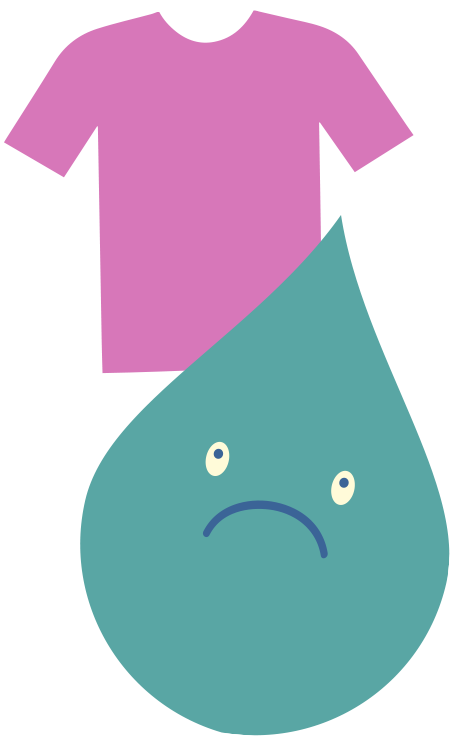
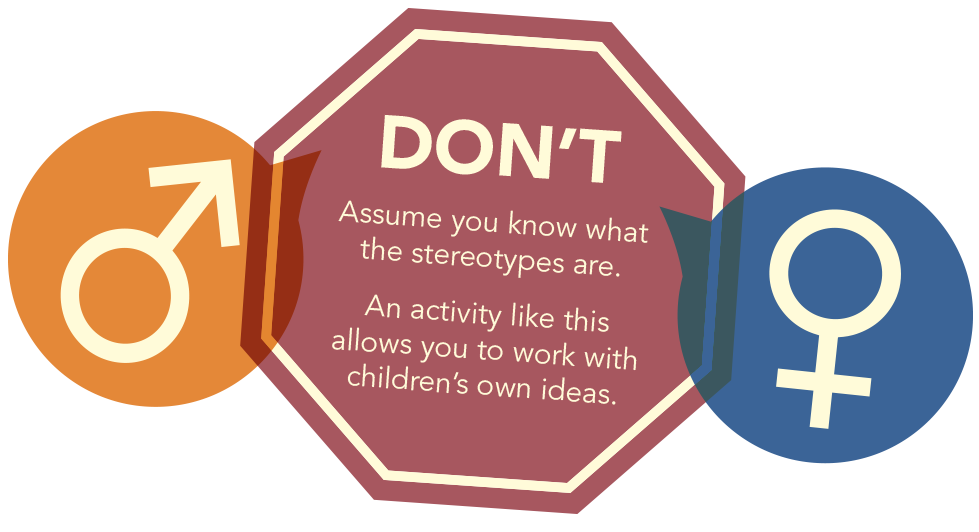
In a classroom activity where children were asked to think about gender stereotypes we came to learn that stereotypes shift and change over time. For some children traditional ideas came up and for others they didn’t. This might indicate that some of these things are not fixed and so it is important to work with children’s own understandings of these issues.
We shouldn’t assume that we know what a stereotype is because we don’t, but we need to find out in ways that don’t reinforce them.
Find out more about sex and gender
World leading academic research evidence
Anne Fausto-Sterling
Raewyn Connell
The Work of Gender for Children, by Rachel Thomson, Liam Berriman and Sara Bragg
In this task children were asked to think about gender stereotypes.
This is a way to explore stereotypes with children, without reinforcing them.
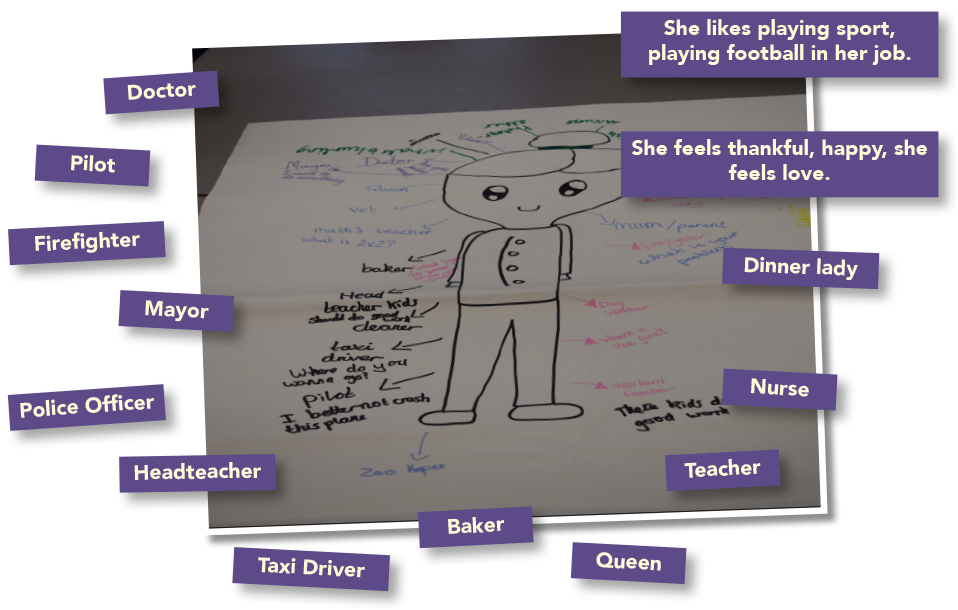
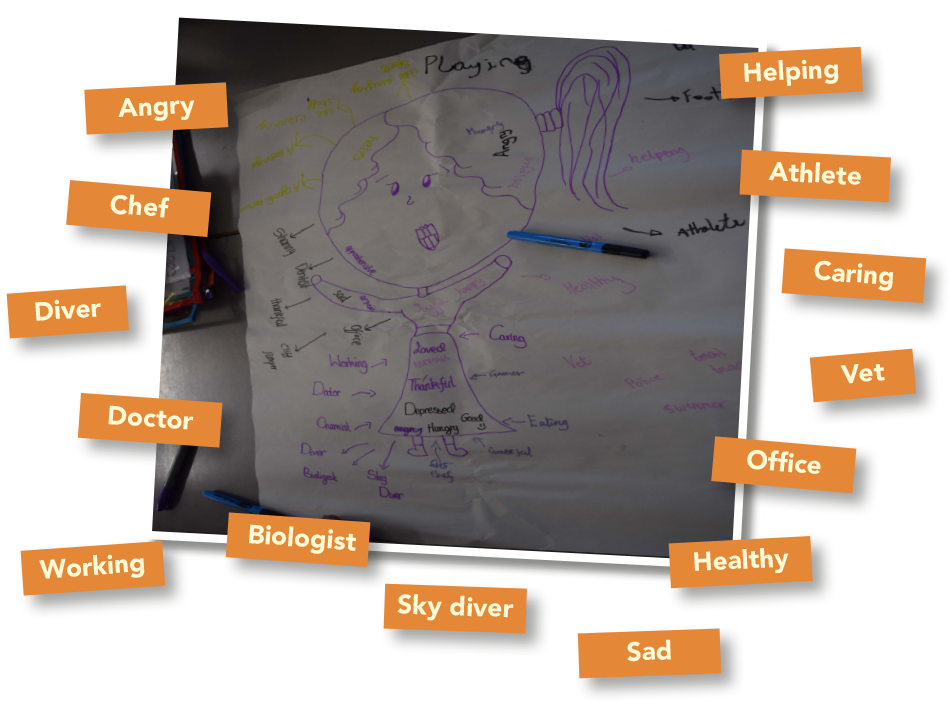
Standing Up To Stereotypes
We were given a number of statements to think about.
We stood up if we thought they were true and stayed seated if not. Those of us who felt comfortable to do so explained the reasoning behind our thinking.
This got us moving around and thinking on our feet.
We listened to each other’s views respectfully and took it in turns to explain our opinions.
This was good preparation for the debate line (you can see how to adapt this for your school on the next page).
We imagined a line through the class room, each end representing opposing strong opinions with all the degrees of certainty plotted in between
Again we reflected on how we felt about stereotypes and took a stand in the place that represented our views. We then took turns to raise our points in favour or against. We were encouraged to move along the line as our views changed.

Open to debate
Debate has a long history and, in its broadest sense, relates to the exchange of ideas on a particular topic. If we say something is ‘open to debate’ this means that it is unproven and requires further discussion.
When we say that something is ‘debatable’ we are acknowledging the slippery and multi-faceted nature of the topic and that ideas are open to change over time and place.Globally, many parliaments, function by debating policies and ideas.
A debate is a formal discussion, usually with a speaker or arbiter to oversee the arguments for and against.
Read more about debating on BBC bitesize
In a task where we reflected upon how we all conform to and are different from gender stereotypes, these statements came up:
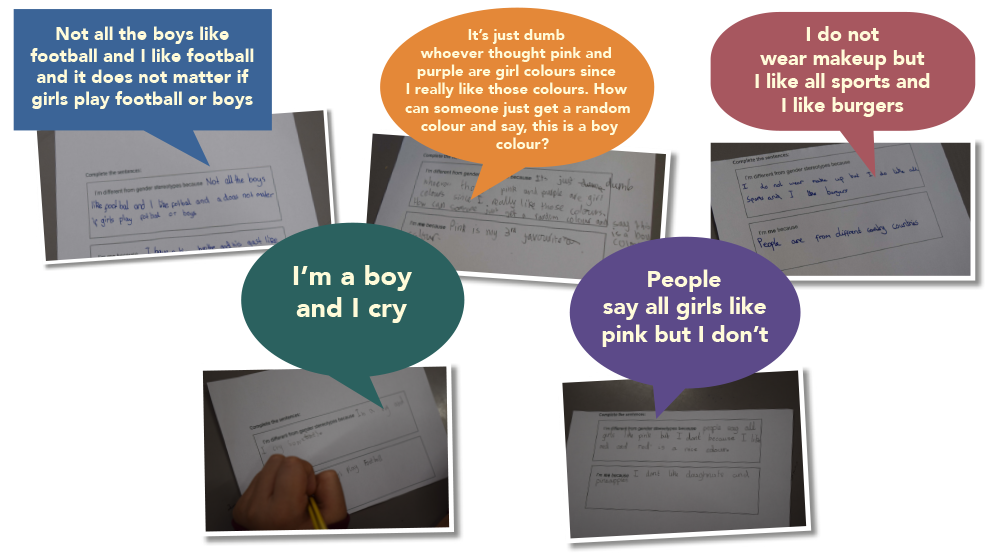
![]()






